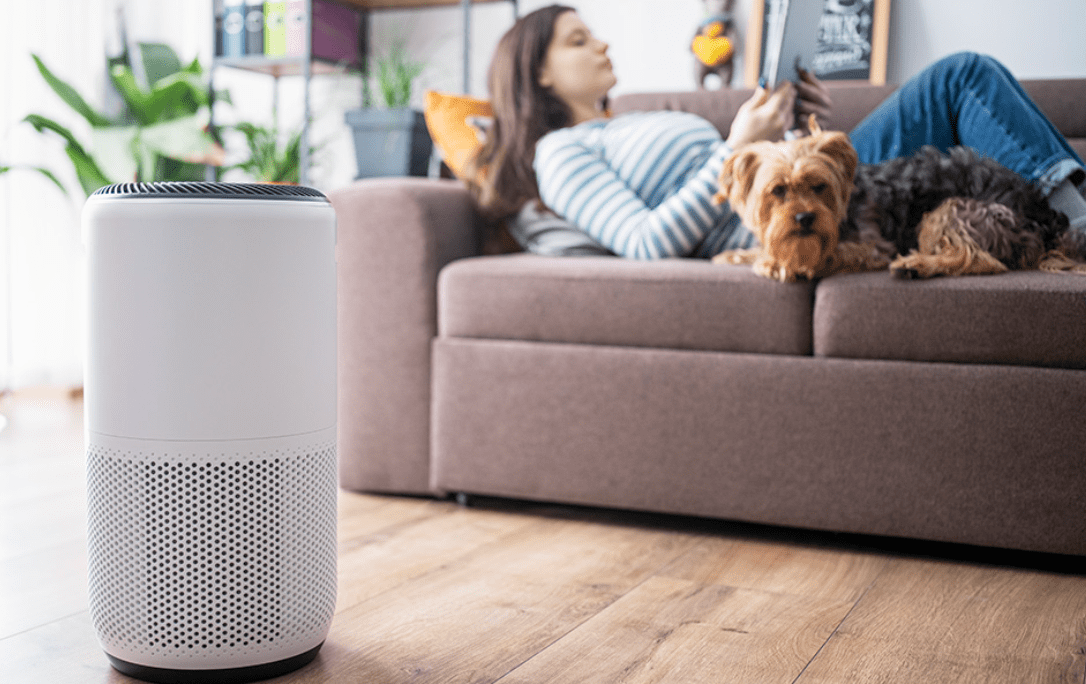The safety of ionic air purifiers is a topic worth discussing. These devices improve air quality by generating ions or charged air molecules that capture and remove impurities and pollutants from the air. The charged ions attract airborne particles and bind with them, effectively enhancing air quality. However, nearly all ionic generator air purifiers produce a certain amount of ozone during operation, which raises ongoing concerns about their safety. This article will delve deeply into and attempt to answer the question: Are ionic generators safe?

Ozone is formed naturally in the Earth’s upper atmosphere (the stratosphere) when ultraviolet (UV) radiation from the sun splits oxygen molecules into individual oxygen atoms. These atoms can then combine with unbroken O2 molecules to form ozone. This process occurs in the "ozone layer," which protects life on Earth by absorbing and scattering much of the sun’s harmful ultraviolet light.
While ozone high up in the stratosphere is beneficial, at ground level, it is a pollutant that poses health risks. Breathing ozone can lead to a number of health problems. The Environmental Protection Agency (EPA) highlights the sensitivity of humans to even low concentrations of ozone, even relatively low amounts can cause coughing, chest pain, and shortness of breath.
The question of whether ionic air purifiers are safe centers largely on their production of ozone as a byproduct. While ionic air purifiers are designed to enhance indoor air quality by neutralizing airborne pollutants through ionization, the unintended release of ozone raises valid safety concerns.
The U.S. Environmental Protection Agency (EPA) has established guidelines that indoor ozone levels should not exceed 0.07 parts per million over an eight-hour period to avoid health risks, targeting healthy individuals. However, people with respiratory or asthma diseases may not even tolerate low levels of ozone due to the unique ways ozone reacts with their DNA and body tissues.
For a healthy person, if the air ionizer you choose meets the above standards, then there is no need to worry about the dangers of ionizing air purifiers, they are completely safe. They will work quietly and effectively remove most impurities from the air to create a safer environment.
Bipolar ionization is a newer technology used in air purification that generates both positive and negative ions without necessarily producing harmful ozone. This method involves using a dielectric barrier discharge (DBD) system that ionizes air in the presence of a high-voltage electric field. The ions produced by this system react with pollutants, neutralizing particulate matter, microbes, odors, and volatile organic compounds effectively. Learn more about How Does Bipolar Ionization Work.
One such example is EddaAir's use of DBD technology in their air purifiers. This technology ensures that the air purifiers do not produce ozone, making them a safer choice for improving indoor air quality.

While ionic air purifiers can effectively remove impurities from the air, their safety depends on their design and how well they control ozone production. For those concerned about ozone, looking into air purifiers that utilize bipolar ionization, especially those that do not produce ozone like EddaAir’s models, might offer a more suitable solution. Always ensure that any air purifier you consider is compliant with health and safety standards to protect against the risks of ozone exposure.